
Water, which covers more than two-thirds of the planet’s surface, is fundamental to life. It is also essential to energy production.
Water is critical to pumping oil and natural gas out of the ground, thanks to hydraulic fracturing. Hydropower dams can generate power and light up cities. Water is also vital to the cooling of nuclear reactors. But fresh water is becoming less available because of various factors including population growth, intensive agriculture and of course climate change. How this will impact energy production around the world is becoming an increasingly pressing question.
The scale of water use for energy production is tremendous. About 580 billion cubic metres of freshwater a year are necessary for energy production. That’s 1.6 billion cubic meters a day – enough to fill 640,000 Olympic-sized swimming pools every day of the year.
The energy sector must adapt quickly, particularly in countries facing water scarcity. In India, water needs for energy production is expected to increase by almost 50% over the coming two decades as millions more gain access to modern energy services. This rising demand could lead to serious shortages, both of water and energy. In 2010 for instance a drought caused the 2.3 Gigawatt Chandrapur coal-fired power station to shut down, leading to power outages across the state, which is home to over 120 million people. Meanwhile in the United States, some 60% of existing coal-fired power plants are also vulnerable to water demand and supply concerns.
Many of the solutions are clear. Increasing the share of gas-fired and renewable power generation can play a significant role in cutting back on water use. Technological innovations also have a major role, for instance in exploiting non-freshwater sources, including salt water, treated wastewater, storm water, and reclaimed water from oil and gas operations. There are also economic solutions, such as assigning an appropriate price on water where it is currently underpriced or free.
In 2012, the IEA highlighted the importance of this critical water-energy nexus in its flagship publication, the World Energy Outlook (WEO), which dedicated an entire chapter to the issue. The following year, a WEO Special Report, Redrawing the Energy-Climate Map, considered energy infrastructure in the context of climate resilience. And most recently, the WEO-2015 examined the impact of the Chinese coal sector on water resources. It found, for instance, that coal-fired power plants were responsible for around 90% of total water use related to the power sector in China.
Once again, the IEA is recognizing the importance of this problem. This year, WEO-2016 will feature a chapter on the water that will assess current and future freshwater requirements for energy production. This will include a detailed analysis on how the water industry uses energy, including water supply, water distribution, wastewater treatment and desalination.
As the world celebrates Water Week, it is becoming increasingly obvious that the sustainable use of this precious commodity will become critical to ensuring reliable and affordable energy supplies in the future.
Source: www.iea.org


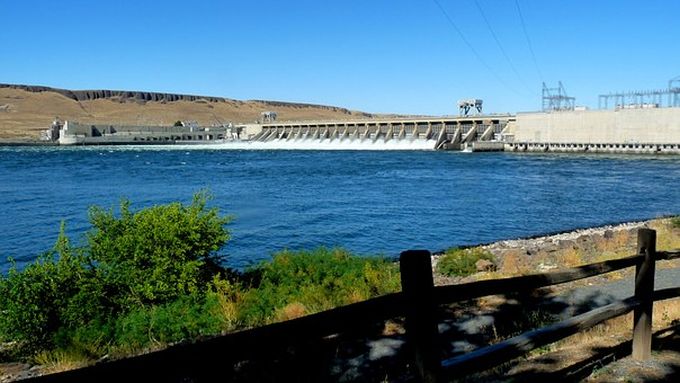
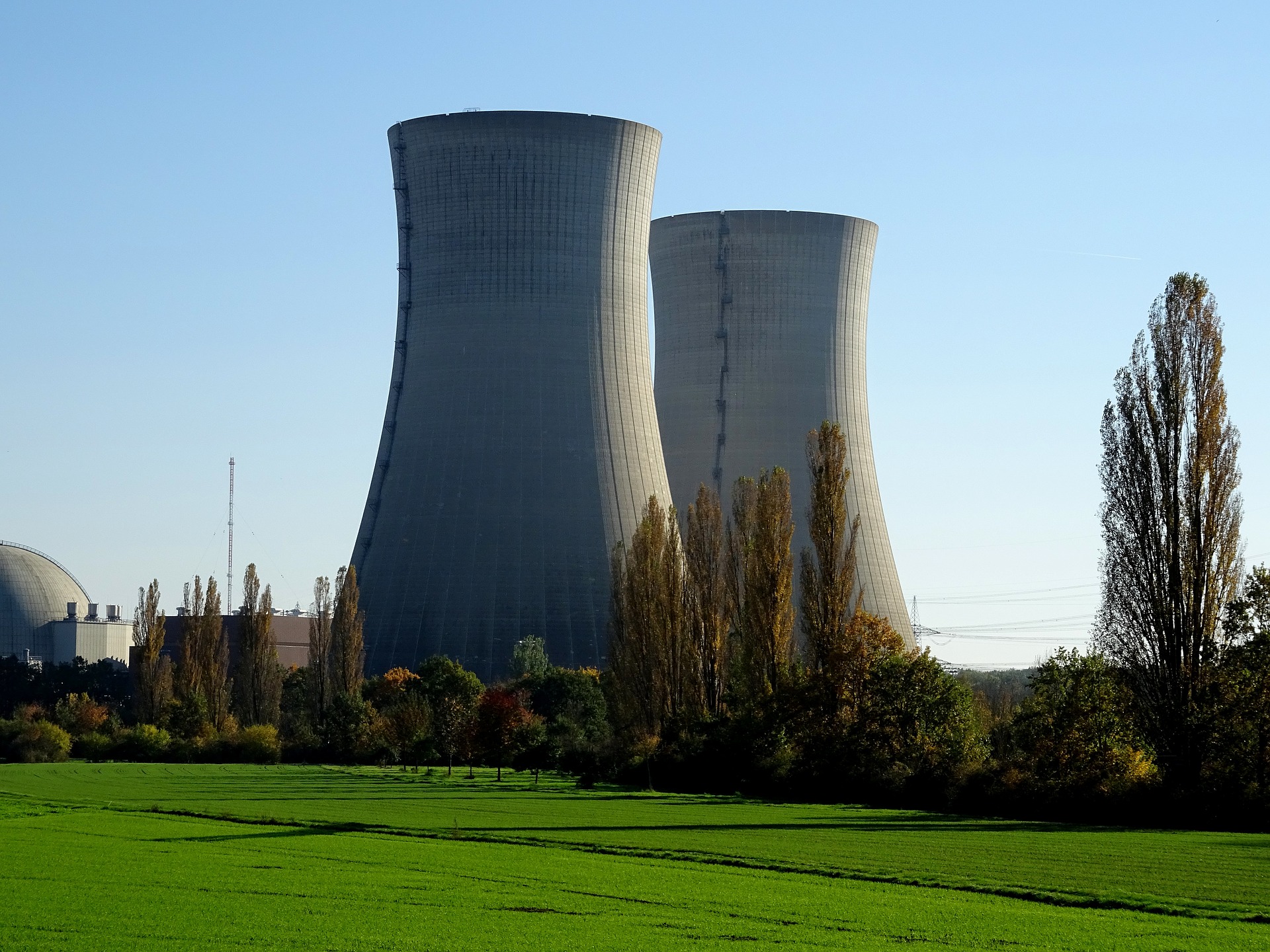
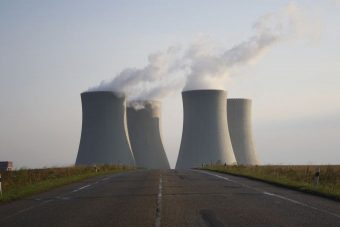



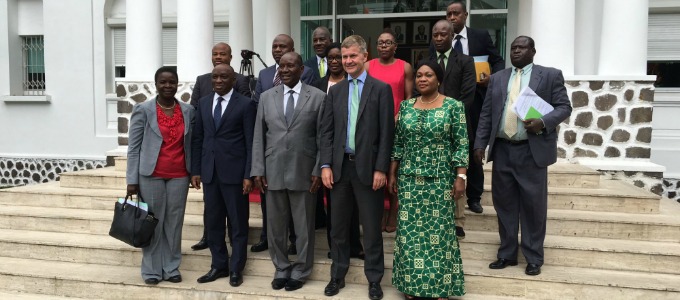
 Erik Solheim just concluded a two-day visit to Abidjan, a first for a Head of UN Environment in Côte d’Ivoire. The visit provided an opportunity to present the priorities of his mandate and discuss key environmental challenges constraining the country’s development process as it aspires to lift thousands out of poverty.
Erik Solheim just concluded a two-day visit to Abidjan, a first for a Head of UN Environment in Côte d’Ivoire. The visit provided an opportunity to present the priorities of his mandate and discuss key environmental challenges constraining the country’s development process as it aspires to lift thousands out of poverty.


 Norway is one of the most developed countries in the world when it comes to renewable energy sources, the use of oil resources and the profits that the state has of these resources. Serbia and Norway cooperate very actively last 15 years. A large part of the aid is realized through a close and direct cooperation between Norwegian and Serbian governments. There are several great investors such as Telenor that take care of protection of environment and social problems through foundations. Some of those companies act through programmes and innovations. Important priorities in this cooperation are energy and environmental issues, reform of security, justice and domestic sector etc. During holidays we spent few hours with ambassador of Norway in Serbia, Mr Arne Sanes Bjornstad and ask him what he thinks about Serbia and our possibilities for better using of renewable sources of energy, and responsibility of companies which operate in Serbia and have influence on environmental issues. Here is what he said for Energy Portal of Serbia.
Norway is one of the most developed countries in the world when it comes to renewable energy sources, the use of oil resources and the profits that the state has of these resources. Serbia and Norway cooperate very actively last 15 years. A large part of the aid is realized through a close and direct cooperation between Norwegian and Serbian governments. There are several great investors such as Telenor that take care of protection of environment and social problems through foundations. Some of those companies act through programmes and innovations. Important priorities in this cooperation are energy and environmental issues, reform of security, justice and domestic sector etc. During holidays we spent few hours with ambassador of Norway in Serbia, Mr Arne Sanes Bjornstad and ask him what he thinks about Serbia and our possibilities for better using of renewable sources of energy, and responsibility of companies which operate in Serbia and have influence on environmental issues. Here is what he said for Energy Portal of Serbia. Mr. Bjonstard: Serbia is a country rich with renewable energy sources ranging from biomass to hydro, solar and wind. However, in spite of this high potential, the renewable energy sector in Serbia has yet to be developed. One of the first big steps towards developing the renewable energy sector in Serbia was when the Serbian government adopted in 2011 a new energy law, wich included renewable energy as a complementary part. According to SIEPA, there are a number of projects underway in the field of renewable energy in Serbia. It is estimated that over the next five to seven years, Serbia has potential to attract at least two billion euro in renewable energy facilities investment. In addition to this, we should not forget that energy and environmental protection is very important for Serbia’s EU integration, as these areas together with agriculture, make over a half of total EU standards that Serbia is due to harmonise during negotiation process, It is important that Serbia continues with harmonization process and that public authorities take into account the environmental protection when deciding on the development projects.
Mr. Bjonstard: Serbia is a country rich with renewable energy sources ranging from biomass to hydro, solar and wind. However, in spite of this high potential, the renewable energy sector in Serbia has yet to be developed. One of the first big steps towards developing the renewable energy sector in Serbia was when the Serbian government adopted in 2011 a new energy law, wich included renewable energy as a complementary part. According to SIEPA, there are a number of projects underway in the field of renewable energy in Serbia. It is estimated that over the next five to seven years, Serbia has potential to attract at least two billion euro in renewable energy facilities investment. In addition to this, we should not forget that energy and environmental protection is very important for Serbia’s EU integration, as these areas together with agriculture, make over a half of total EU standards that Serbia is due to harmonise during negotiation process, It is important that Serbia continues with harmonization process and that public authorities take into account the environmental protection when deciding on the development projects.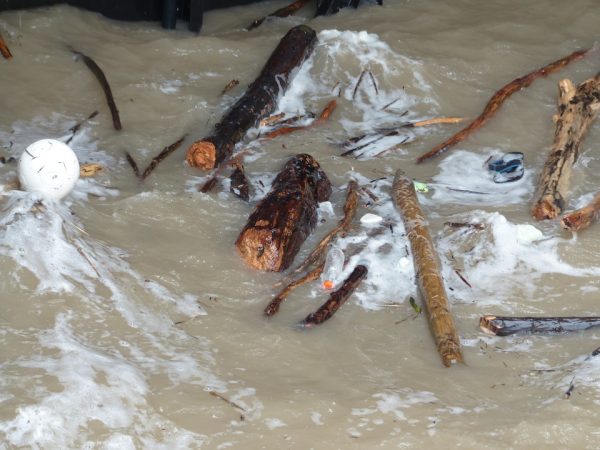





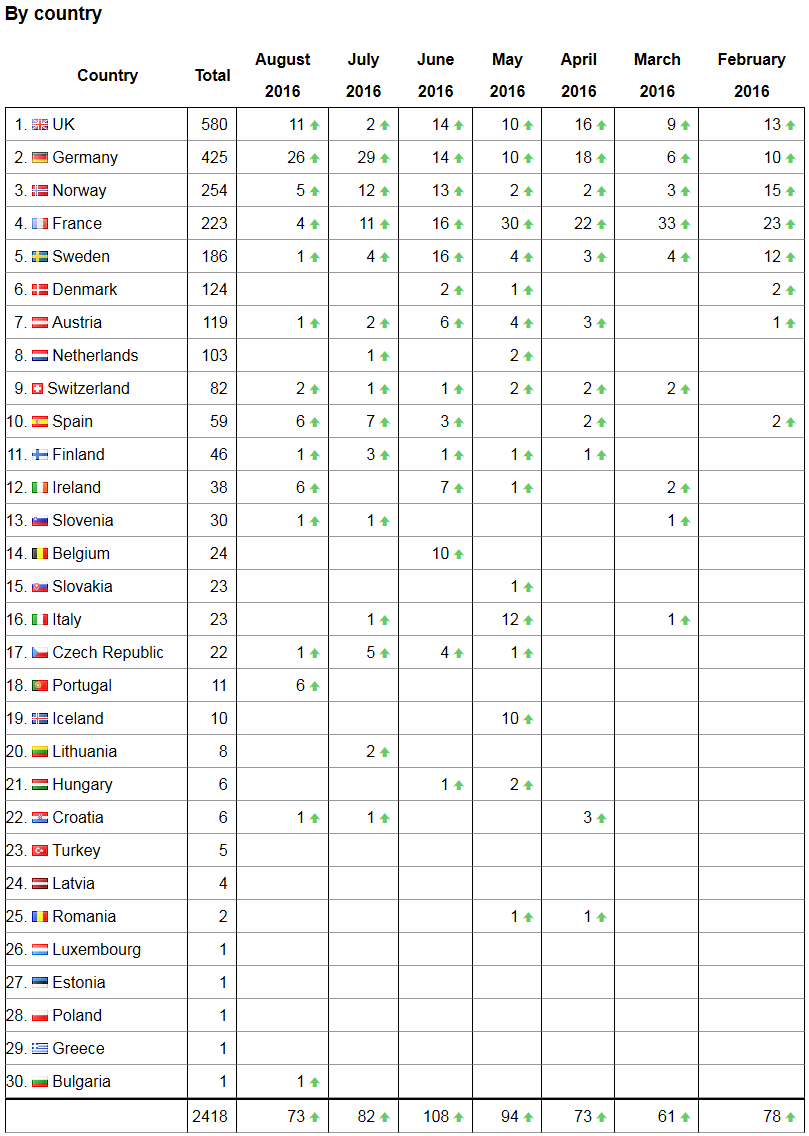
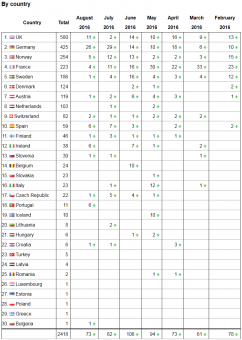 More than 600 CCS Combo chargers have been installed in Europe so far this year according to data from the CCS Charge Map. The total number of stations now stand at 2,418 and includes 2,186 that are open to the public 24/7, and 218 (either not 24/7, or at least not confirmed as open 24/7).
More than 600 CCS Combo chargers have been installed in Europe so far this year according to data from the CCS Charge Map. The total number of stations now stand at 2,418 and includes 2,186 that are open to the public 24/7, and 218 (either not 24/7, or at least not confirmed as open 24/7).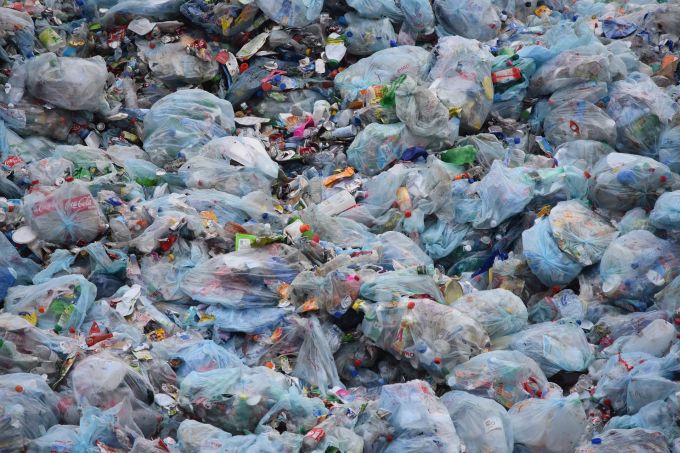
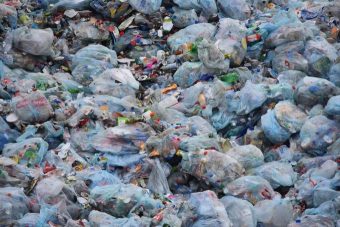


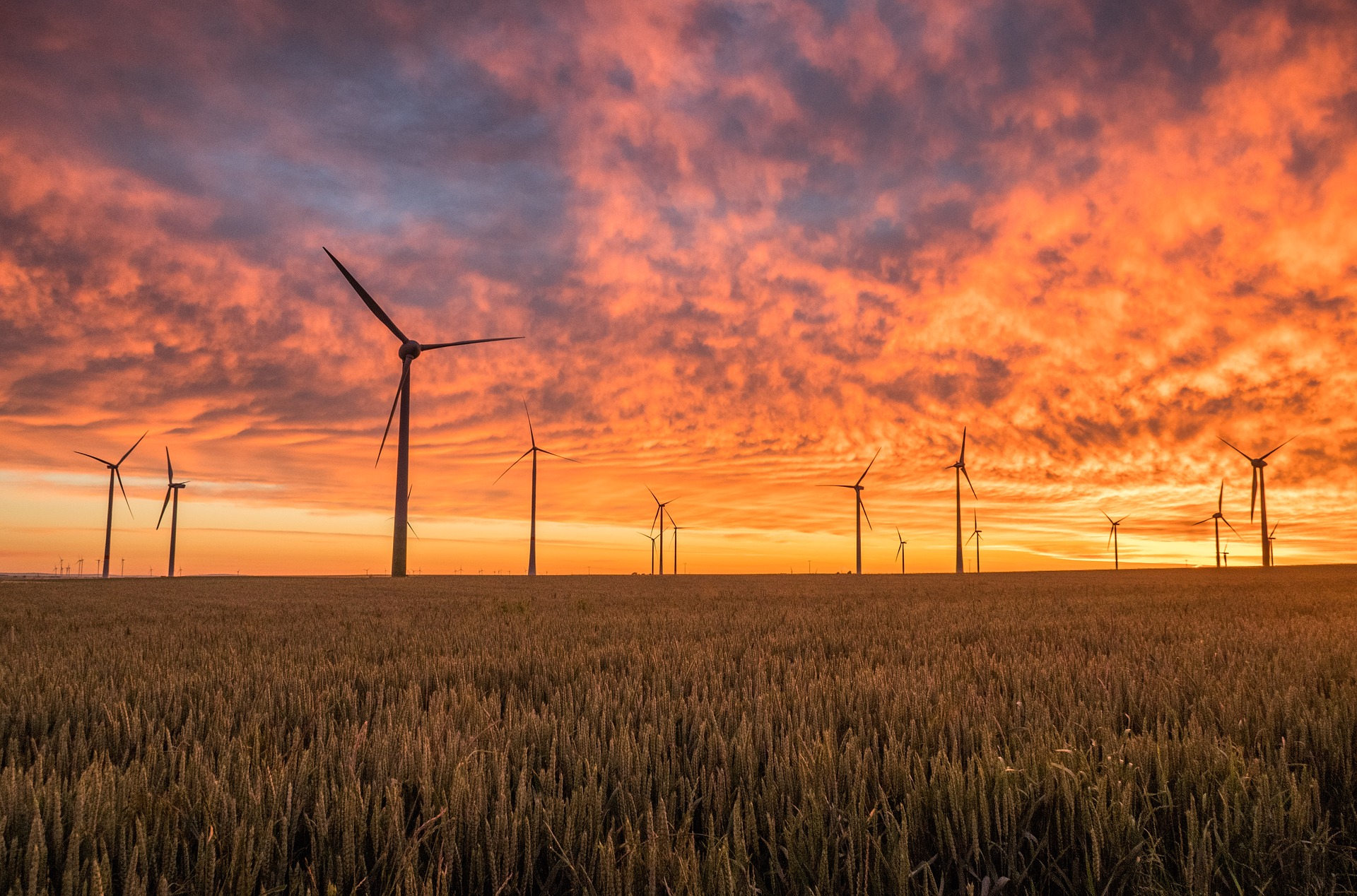

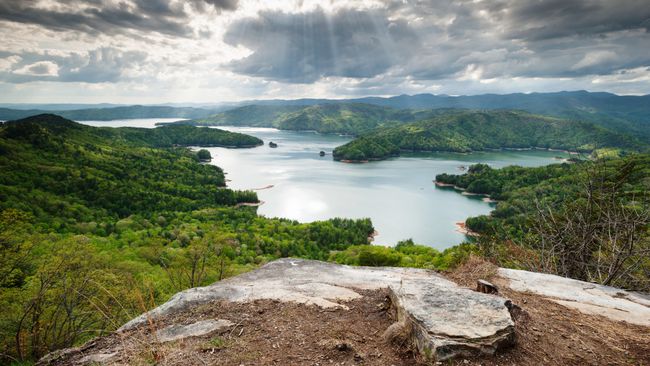
 The Federal Energy Regulatory Commission (FERC) has issued a new 30-year operating license for Duke Energy’s Keowee-Toxaway Hydroelectric Project, which will allow the company to continue operating the Jocassee Pumped Storage Hydro Station, Keowee Hydro Station and associated lakes.
The Federal Energy Regulatory Commission (FERC) has issued a new 30-year operating license for Duke Energy’s Keowee-Toxaway Hydroelectric Project, which will allow the company to continue operating the Jocassee Pumped Storage Hydro Station, Keowee Hydro Station and associated lakes.
